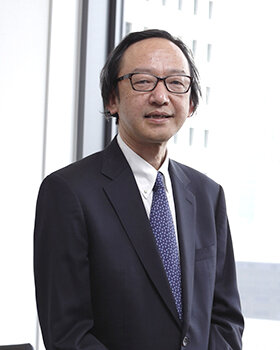WP Global Economy 2022.04.12
Working Paper(22-007E)The Role of Face-to-face Contact on Innovation: Evidence from the Spanish Flu Pandemic in Japan
This is working paper.
This study empirically investigates the role of face-to-face contact in innovation, by exploiting the Spanish flu pandemic in Japan from 1918 to 1921, which prohibitively increased the cost of face-to-face contact between inventors. By using unique patent bibliographic data for this period, we estimate the pandemic’s impact on innovation for technologies which requires intensive face-to-face communication for invention. Specifically, we define the patent technology classes with the large fraction of collaborative patents before the pandemic as collaboration intensive technology that is considered to require intensive face-to-face communication for invention. Then, we estimate the impact of pandemic on the invention of collaboration intensive technology by Difference-in-Differences (DID) approach. The estimation results show that during the pandemic, patent applications for collaboration intensive technology significantly decreased, and did not fully recover even after the pandemic ended. We also find that the negative impact is driven by a decrease in new entries into patent applications, that is, patent applications by the inventors who applied for patents for the firrst time. We further find that productive inventors were experienced co-inventions during their early careers. These results suggest that the decrease in face-to-face contacts with colleagues and seniors in the preliminary stages of inventors’ careers reduced the opportunity to nurture new inventors.
Keywords: Innovation; Face-to-face communication; Idea exchange
JEL Codes: R11
